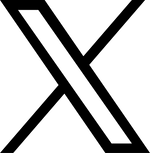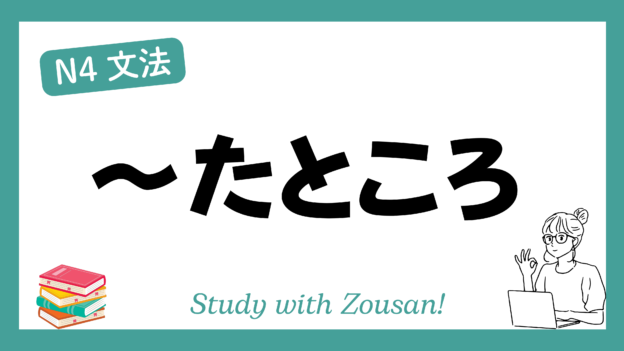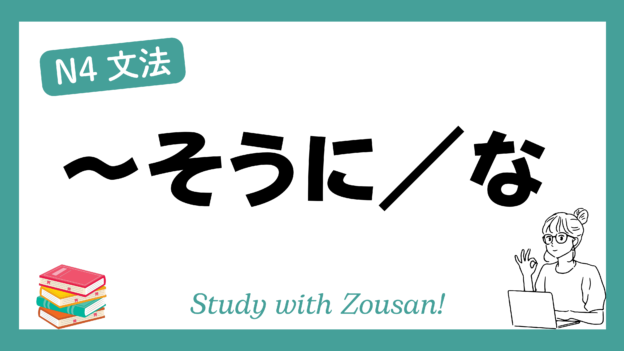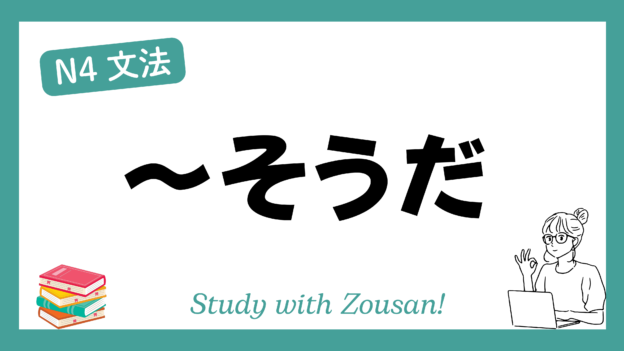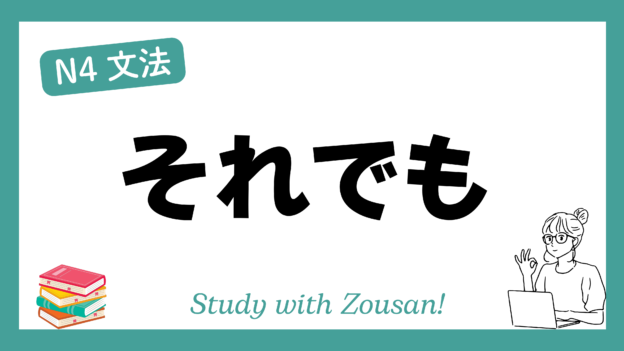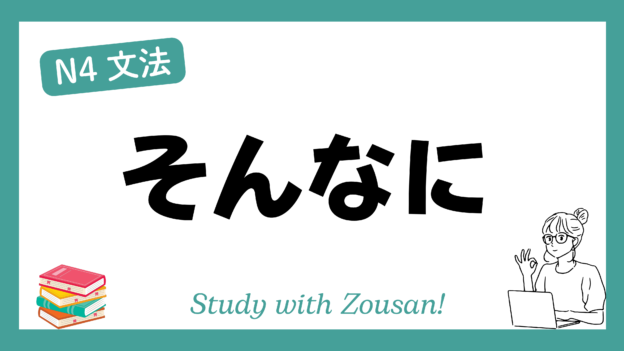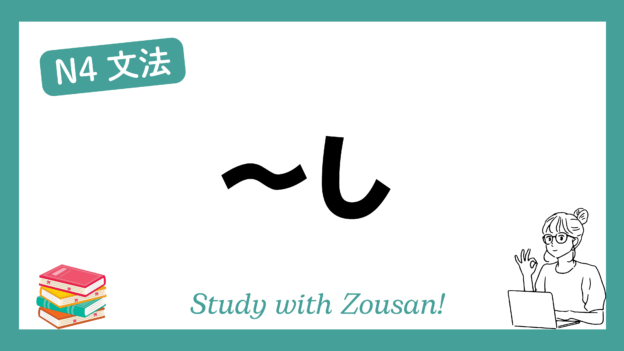Meaning: “What should I do…?” / “How should I…?”
~たらいいですか? is used when the speaker wants to ask for advice, suggestions, or recommendations about what they should do to achieve a desired outcome. This expression is polite and indicates that the speaker is seeking guidance or assistance from the listener.
※Note:
・This structure is often used in situations where the speaker needs advice or is uncertain about the next step.
・It can be used to inquire about solutions, suggestions, or to propose a way of doing something.
Structure:
| Verb (た form) + らいいですか |
Example:
-
-
-
🌟 日本語を上手に話すにはどうしたらいいですか?
(にほんご を じょうず に はなす には どう したら いい です か)
How can I speak Japanese well? -
🌟 会社に遅れたときは、どうしたらいいですか?
(かいしゃ に おくれた とき は、どう したら いい です か)
What should I do if I’m late to the company? -
🌟 パスポートを失くしたらどうしたらいいですか?
(パスポート を なくしたら どう したら いい です か)
What should I do if I lose my passport? -
🌟 お金が足りないときは、どうしたらいいですか?
(おかね が たりない とき は、どう したら いい です か)
What should I do when I don’t have enough money? -
🌟 日本で仕事を探すにはどうしたらいいですか?
(にほん で しごと を さがす には どう したら いい です か)
How should I look for a job in Japan? -
🌟 友達に謝るには何と言ったらいいですか?
(ともだち に あやまる には なん と いったら いい です か)
What should I say to apologize to my friend? -
🌟 良いレストランを見つけるにはどうしたらいいですか?
(よい レストラン を みつける には どう したら いい です か)
How can I find a good restaurant? -
🌟 この書類をどこに提出したらいいですか?
(この しょるい を どこ に ていしゅつ したら いい です か)
Where should I submit this document? -
🌟 風邪を引いたときは、どうしたらいいですか?
(かぜ を ひいた とき は、どう したら いい です か)
What should I do when I catch a cold? -
🌟 日本で家を借りるにはどうしたらいいですか?
(にほん で いえ を かりる には どう したら いい です か)
How should I rent a house in Japan?
-
-



